Ukraine crisis: ‘We will keep calm and carry on while Putin strangles us’
Ukraine’s security chief says Russia wants to instil fear but will not succeed.
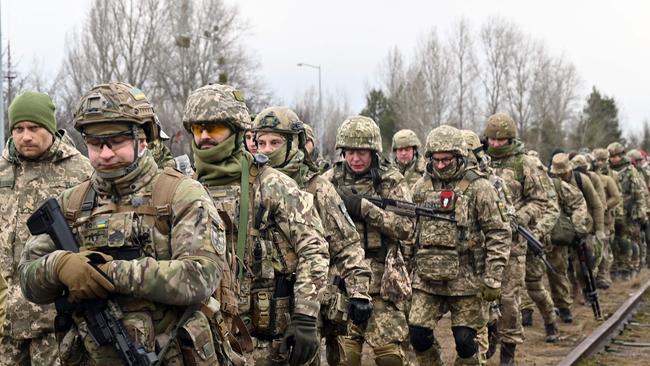
Flashes of war occurred as a series of glowing orange dots over the shoulder of Ukraine’s national security chief.
Updated on a big screen in nine-minute intervals, incidents of shooting and shelling in pro-Russian zones in the east of the country appeared along the map of the frontline in his Kyiv office.
“They’re trying to provoke us into a massive response so they can accuse us – as if we had started this thing – and hold the situation at a peak of maximum tension,” said Oleksiy Danilov, secretary of Ukraine’s National Security and Defence Council, as the day’s tally of ceasefire violations crept up.
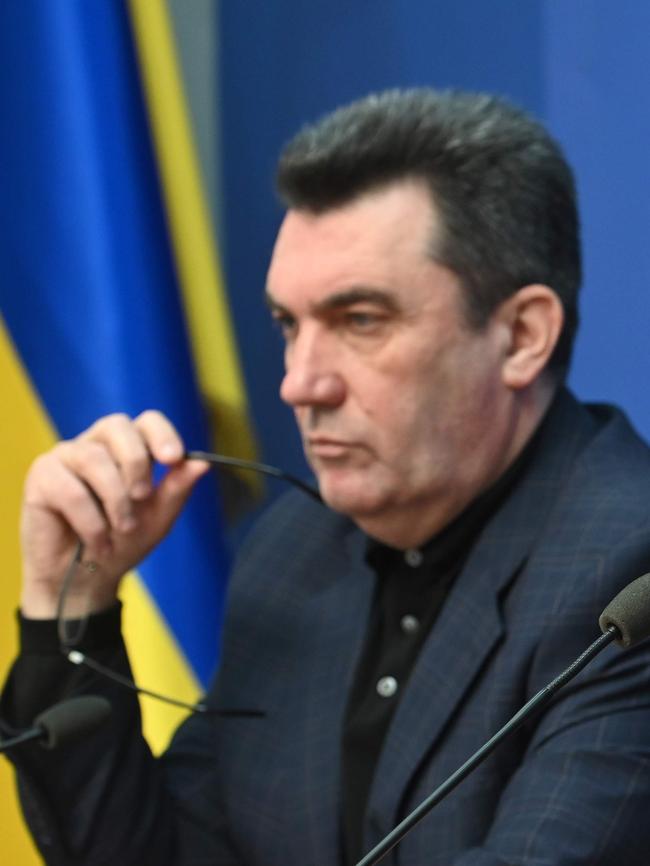
The sudden rise in violence late last week over a 48-hour period across an area of Ukraine where low-intensity warfare is common is unparalleled since a previous similar escalation in July 2018.
In the context of the build-up of Russian troops around Ukraine’s borders, it has convinced London and Washington that the intensifying violence is a prelude to a full-scale Russian invasion of Ukraine. Kyiv reads it differently.
Mr Danilov, second only to President Volodymyr Zelensky in the Security Council, sees neither war nor the possibility of invasion through the same paradigm commonly understood by his country’s leading Western supporters.
The diverging views have complicated a shared response to the crisis even as NATO warnings of imminent attack reach their peak.
So great is the difference of opinion that even as Western leaders met in Munich in an effort to prevent an invasion, and pro-Russian separatist leaders in Donetsk called for a civil evacuation of territory under their control, Ukraine has yet to declare a state of national emergency.
“The Russian Federation wants us to declare a state of emergency,” Danilov said. “In order to break us, the Russians want internal destabilisation. Panic is the sister of a defeat … that’s why our nation is in a calm and balanced mode.”
Although Ukraine, Britain, the US, Poland and Baltic states share a similar understanding of Russia’s intention to subjugate Ukraine, the means by which Moscow is likely to achieve that aim, and the response to realities on the ground are subjects of disagreement.
Mr Danilov expressed disdain at the international community’s readiness to condemn a potential invasion, while it failed to acknowledge that, as Kyiv insists, Russian artillery crews were already at work shelling government positions in the east of the country.
“These personnel are not ‘pro-Russian’, they are Russian,” he said. “The Russians are trying to present this as if it is our own internal conflict. Yet the weapons are coming in from the federation, the soldiers have come in from the federation, and the shells, too. Yet the world doesn’t really want to see that because the world is afraid of Russia: it is convenient to pretend that this thing is not happening.”
He described Russia’s hybrid war against Ukraine as an anaconda-like constriction. He suggested that Russian cyberattacks on the country’s infrastructure, the strangulation of coal imports, gas pipelines and electricity supplies were, in combination with the pressures of shelling, a more likely strategy than full-scale assault.
Ukrainian officials announced in November that Russia had stopped thermal coal exports just as Ukrainian stocks were five times lower than the government’s expected volumes. At the same time, Ukraine’s gas grid operator reported that Russian energy corporation Gazprom had lowered the transit of natural gas through Ukraine to just over half of the contracted capacity for 2021.
“The war is already here,” Mr Danilov said. “The cyberwar is a constant presence. The Russians use it to attack our infrastructure. They’re restricting our transport routes. Coal from Kazakhstan cannot be transported through the Russian territories to Ukraine.
“The work is quite simple for Russia. The war is not just about tanks and shelling.”
The Times


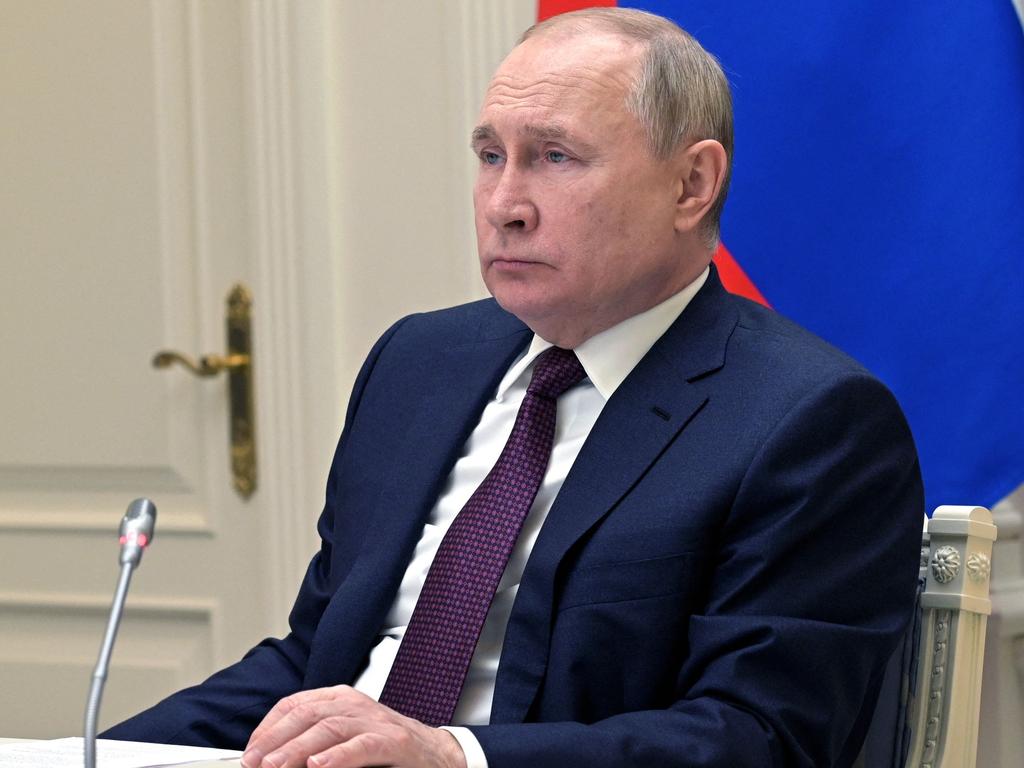
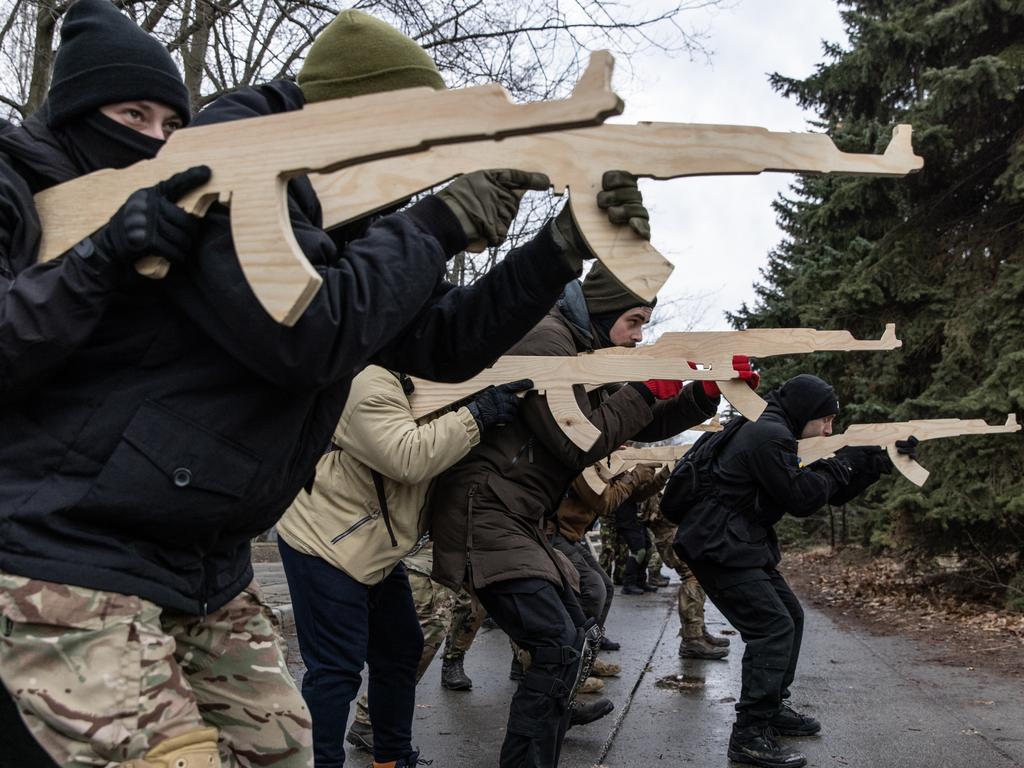
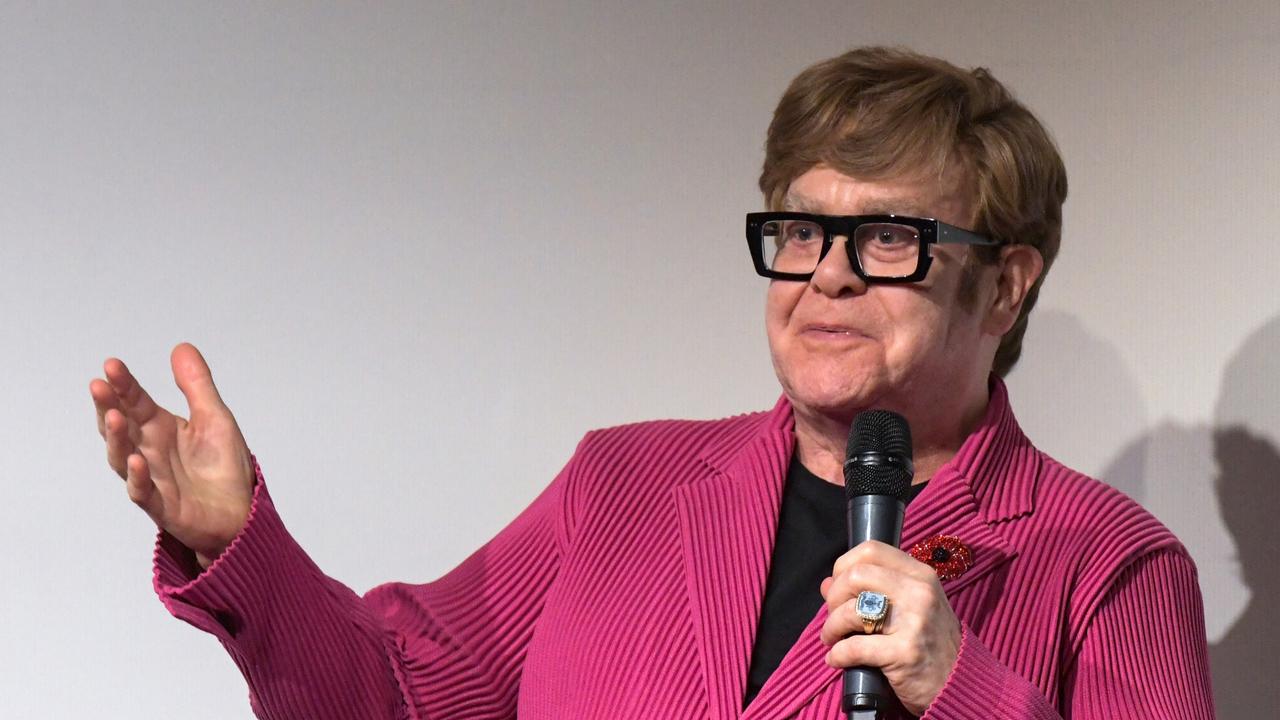
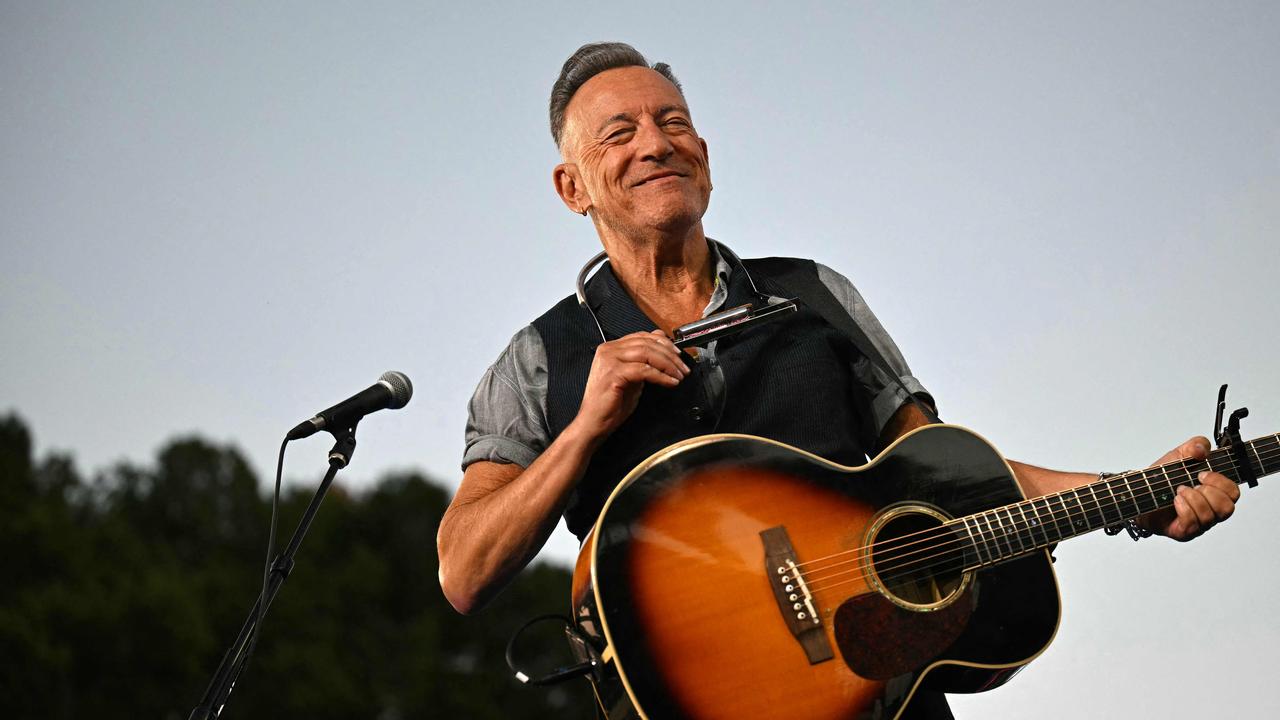
To join the conversation, please log in. Don't have an account? Register
Join the conversation, you are commenting as Logout